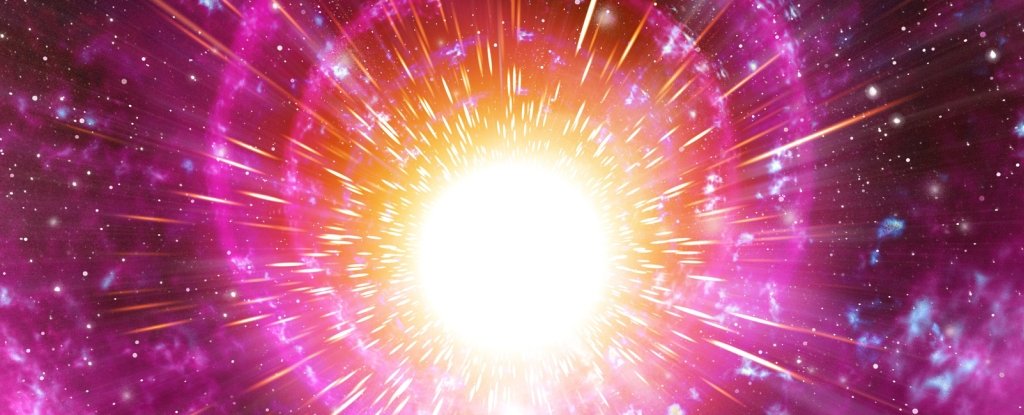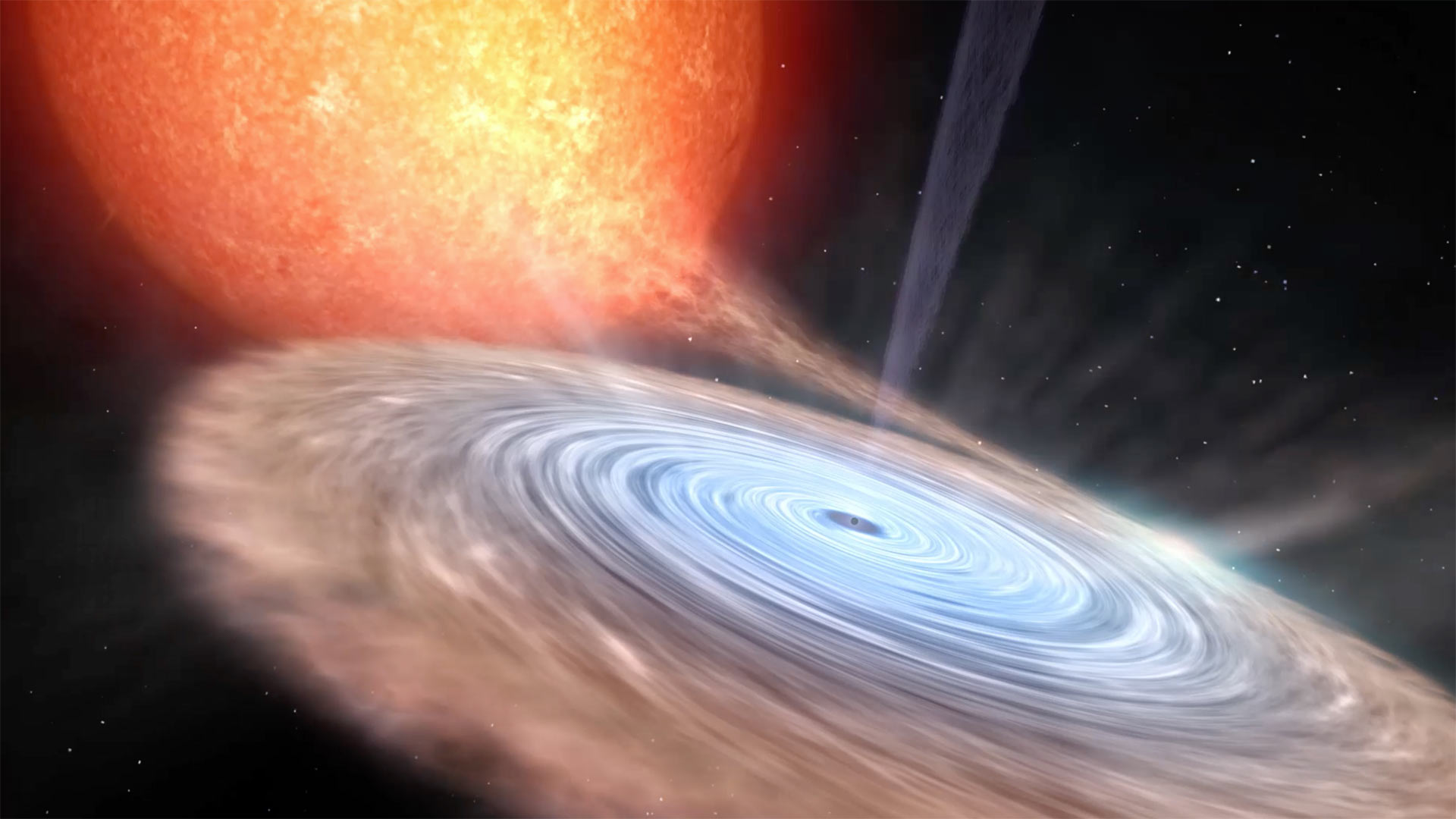Recent publications featured in the media
Recent experimental results from on-going collaborations using the EMMA and IRIS facilities at TRIUMF and CRIB at CNS-RIBF were recently published in high-impact journals and featured in the media.
In the first experiment, we studied for the first time a nuclear reaction that is thought to occur during supernova explosions and can create some very rare isotopes called the p-nuclei. In the second experiment, we explored the structure of one of the most neutron-rich nucleus that can be made on Earth (until now). For the last one, we studied a nuclear reaction that occurs during a specific type of stellar explosions, called X-ray bursts, in which material from a companion star is into a neutron star. The experimental results, when combined with state-of-the-art simulations and observations agree very well!
If you want to find an up-to-date list of my publications, please visit the relevant page 😊

“First Direct Measurement of an Astrophysical p-Process Reaction Cross Section Using a Radioactive Ion Beam” by G. Lotay et al. Phys. Rev. Lett. 127, 112701 (2021)
Physicists Created a Supernova Reaction on Earth Using a Radioactive Beam by Michelle Starr
Academics recreate supernova reaction in a lab by University of Surrey
Physicists Created a Supernova Reaction on Earth Using a Radioactive Beam by Mike Letterman
Scientists Simulated Real Supernova Reactions in a Lab for the First Time by Chris Young

“Proton inelastic scattering reveals deformation in 8He” by M. Hall et al. Phys. Lett. B 822, 136710 (2021)
Helium-8 nucleus has unexpected rugby-ball shape by Sam Jarman
A glimpse of deformation in helium-8 by TRIUMF

“Advancement of Photospheric Radius Expansion and Clocked Type-I X-Ray Burst Models with the New 22Mg(α,p)25Al Reaction Rate Determined at the Gamow Energy” by J. Hu et al. Phys. Rev. Lett. 127, 172701 (2021)
New study probes x-ray bursts from low-mass x-ray binaries